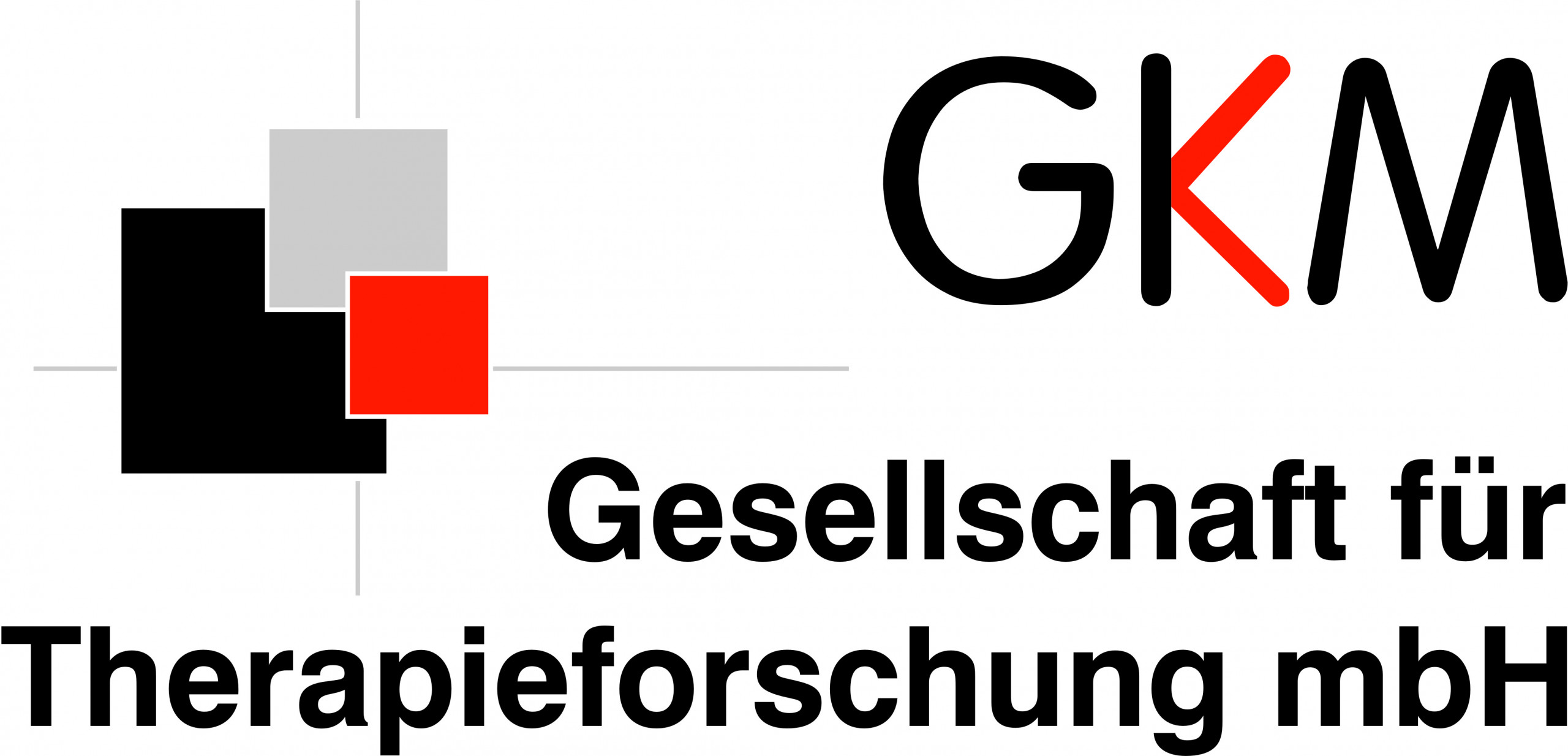Blog
Bitte beachten Sie: unsere Fachbeiträge sind auf unserer Wissensdatenbank für klinische Forschung „CliNFo.EU“ veröffentlicht.
Bei Klicken auf einen Artikel werden Sie dorthin umgeleitet.

Unveiling the Veiled Influences: Bias in Observational Studies and Its Profound Impacts on Medical Research
Observational studies serve as vital tools in uncovering insights into real-world healthcare scenarios. Yet, navigating the intricate landscape of scientific inquiry comes with its own set of challenges, and one of the most elusive adversaries is bias. In the catalogue of bias, developed by scientists of the University of Oxford, around 60 kinds of bias are described that might possibly influence clinical evidence ...
Patient Engagement in Drug Development: The Rise of Patient-centric Approaches
The concept of patient centricity has emerged over the last three decades. Although no clear definition of patient centricity exists and the scope for interpretation is wide, putting the patients‘ needs in the centre and systematically engaging patients in drug development activities and decision making could be seen as an essence of existing definitions.
Use of large language models in clinical research (part 2)
This is a follow-up on our previous blog entry on large language models (LLMs) and first experiences using the publicly available chatbots, based on LLMs. It is worth noting that during creation of this blog post, the AI technology already advanced and an upgraded version of model GPT- 3.5 (on which ChatGPT was based) has become available (GPT-4).
Use of large language models in clinical research (part 1)
The importance of artificial intelligence (AI) and its potential impact on the workforce has entered the limelight in the last weeks of the year 2022. News outlets and internet websites reported on a groundbreaking achievement in AI: the development of chatbots based on large language models (LLMs) that can be used by the general public in an intuitive, conversational and user-friendly manner
Clinical trials: increasing the visibility of research with visual abstracts
Communication of scientific results to the public is a very important part of research. The new EU CTR also requires that the results are communicated to the general public in a language understandable to lay persons. Furthermore, social media provides great dissemination channels for researchers to attract readers.
Das GKV-Finanzstabilisierungsgesetz und die Folgen für das AMNOG
Am 20. Oktober 2022 wurde das GKV-Finanzstabilisierungsgesetz (GKV-FinSt) mit den Stimmen der Ampel-Koalition verabschiedet. Mit dem Gesetz soll die Finanzierung der gesetzlichen Krankenversicherung für die Zukunft gesichert werden.
EU HTA Regulation: relevance, challenges and outlook
HTA stands for "Health Technology Assessment" and is used to systematically and transparently evaluate medical procedures and technologies from different perspectives. It aims to provide evidence-based information for physicians, health authorities, health insurers and patients.
Orphan Drugs in the process of the German Act on the Reform of the Market for Medicinal Products (AMNOG) – Quo Vadis?
The special position of Orphan Drugs in the process of the German Act on the Reform of the Market for Medicinal Products (AMNOG, Arzneimittelneuordnungsgesetz) is frequently criticized. In the following article, we will explain the concept of Orphan Drugs, elaborate their particular role and discuss the upcoming changes within the AMNOG process.
Artificial Intelligence (AI) in clinical research: transformation of clinical trials and status quo of regulations
Artificial Intelligence (AI) supported technologies play a crucial role in clinical research: For example, during the COVID-19 pandemic the Biotech Company BenevolentAI found through a machine-learning approach that the kinase inhibitor Baricitinib, commonly used to treat arthritis, could also improve COVID-19 outcomes.
EU CTR: How to write a good Lay Summary of clinical study results
Lay summaries are a display of clinical study results intended for study participants and the general public. The aim of a lay summary is not only to enhance understanding of complex medical information, but also to increase transparency in clinical research.
Simply explained: Drug approval procedures in Europe and the example of COVID-19 vaccines
Summary: There are three different marketing authorisation procedures in Europe: the Centralised Procedure (CP), the Decentralised Procedure (DCP) and the Mutual Recognition Procedure (MRP).
Electronic informed consent (eConsent) in clinical research in Europe: opportunities and bottlenecks
While eConsent has become a reality in the US, Europe is still lagging behind in its implementation. To protect patient rights without compromising on the full potential of clinical research, flexible and dynamic consent formats will be crucial in the future.
DIN EN ISO 14155:2021-05 – Der neue Standard zur Guten klinischen Praxis für klinische Prüfungen mit Medizinprodukten
Welche Neuerungen sich durch die Überarbeitung der DIN EN ISO 14155 ergeben und auf welche zusätzlichen Aufgaben müssen sich Sponsoren gefasst machen sollten.
Synergieeffekte bei Zertifizierung und Erstattung digitaler Gesundheitsanwendungen
Zwei Expertinnen für Zertifizierung und Erstattung – ein Ergebnis ihres Gesprächs: Gut geplant können Synergien in den beiden Prozessen genutzt werden.
Prüfzentren: Wie findet man zuverlässige Partner für klinische Prüfungen? Ein Interview
Mit den „richtigen“ Prüfzentren Zeit und Geld sparen. Für die Durchführung von klinischen Prüfungen kommt es darauf an, Patientinnen und Patienten für die Teilnahme an einer Prüfung zu gewinnen. Dies geschieht durch Ärztinnen und Ärzte in Prüfzentren, die die Patienten aufklären, die Einwilligung einholen und die klinische Prüfung durchführen.
Contract Research Organisationen als Partner für klinische Prüfungen mit Medizinprodukten
Welche Aufgaben ein Auftragsforschungsinstitut (CRO) als Studien-Dienstleister übernehmen kann und wie man das richtige findet. Bisher konnten die Hersteller von Medizinprodukten weitgehend auf klinische Prüfungen verzichten und allein über die klinische Bewertung nach dem Äquivalenz-Prinzip ihre Produkte auf der Basis von Daten gleichartiger Produkte anderer Hersteller (Literaturweg) bewerten.
Post-Market Clinical Follow-up zur Generierung klinischer Daten nach Inverkehrbringen
Warum wird die klinische Nachbeobachtung, das sogenannte Post-Market Clinical Follow-up (PMCF) so wichtig im Rahmen der Überwachung nach dem Inverkehrbringen? Welche Möglichkeiten gibt es, PMCF durchzuführen, und welche Bedeutung haben die Ergebnisse aus dem PMCF für die klinische Bewertung nach Inverkehrbringen?
eCRF mit integrierter ePRO Lösung– native App vs. browser-basierte Variante
Der digitale Fortschritt durchdringt das tägliche Leben in allen Bereichen. Die getroffenen Maßnahmen im Zuge von COVID-19 haben dazu beigetragen, dass diese Entwicklung vor allem im Gesundheitsbereich noch verstärkt wird.
The course of a pandemic – epidemiological statistics in times of (describing) a crisis, pt. 2
A few weeks into the pandemic, the RKI switched its main reporting indicator from the absolute case numbers to the time dependent case reproduction number R(t). R(t) represents the number of unaffected persons that are infected by an index case.
The course of a pandemic – epidemiological statistics in times of (describing) a crisis, pt. 1
Throughout the current Corona pandemic, epidemiological statistics are widely used in everyday life to an unprecedented rate. Various media use different indicators for all kinds of purposes, be it the honest attempt to objectively communicate the risk associated with SARS-CoV-2, or in order to up- or downplay the mortality rates.
Clinical prediction models in the COVID-19 pandemic
Facing the world-wide spread of coronavirus disease 2019 (COVID-19) infections with hospitals overcharged and a shortage of medical equipment in several countries, diagnostic and prediction models might help to identify patients with COVID-19 and predict the likelihood of the disease outcome (e.g. severity of disease, recovery, death).
Investigator Initiated Trials (IIT)
Can they demonstrate scientific merits and align with corporate objectives? Often initiated by researchers or investigators as a part of an observation, an Investigator Initiated Trial (IIT) or Investigator Sponsored Trial is one of the kind of clinical trials that take up specific questions from clinical care, such as therapy optimization or off-label use, and are usually of no economic interest.
Move Closer to your Patients in order to Improve Recruitment
Digital solutions - such as online study portals – can bring patients, researchers, and industry closer together. Thereby, they can provide value to sponsors during the planning and patient recruitment stages of clinical trials or observational studies.
Mit Kontinuität in die Zukunft - Verstärkung in der Geschäftsleitung
Gemeinsam mit unserem Advisory Board, Renate E. Hippe, Siegfried K. Hippe und Dr. Dieter Schremmer, haben wir uns entschieden, die Geschäftsleitung der GKM ab April 2019 durch Herrn Rupert Lang zu verstärken und freuen uns ganz besonders, die Stelle des Chief Operations Officer (COO) getreu der Tradition in unserem Familienunternehmen aus den eigenen Reihen besetzen zu können.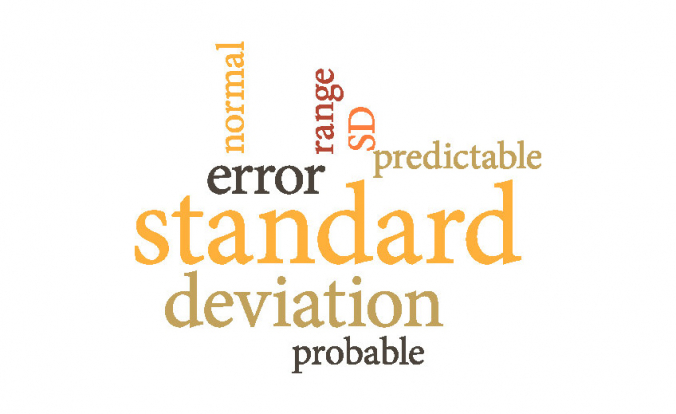
Standard Deviation and Standard Error – What is the Difference?
When studying results of scientific publications one usually comes across standard deviations (SD) and standard errors (SE). However, even both measures are widely used the difference between them is not always clear to the readers. This article aims to clarify some important points and to provide a deeper understanding of SD and SE.
Digitalisierung im Gesundheitswesen, Teil 2
Der Mensch ist keine gefühllose Maschine, die beliebig zerlegt werden kann, um Fehler = Krankheiten und Reparaturen = Therapien einfach so zu erkennen und zu beheben. Die medizinische Forschung ist deshalb in den wichtigsten Disziplinen eine empirische Wissenschaft, also eine methodische Sammlung von Daten und daraus abgeleiteten Erkenntnissen.
Digitalisierung im Gesundheitswesen
Wir leben im Zeitalter der digitalen Revolution. Was heißt das eigentlich? Die Entwicklung der Menschheit hat 3 industrielle Revolutionen durchlaufen. Geprägt waren diese durch die unaufhaltsame disruptive Entwicklung und permanente Optimierung der Effizienz von Produktionsmaschinen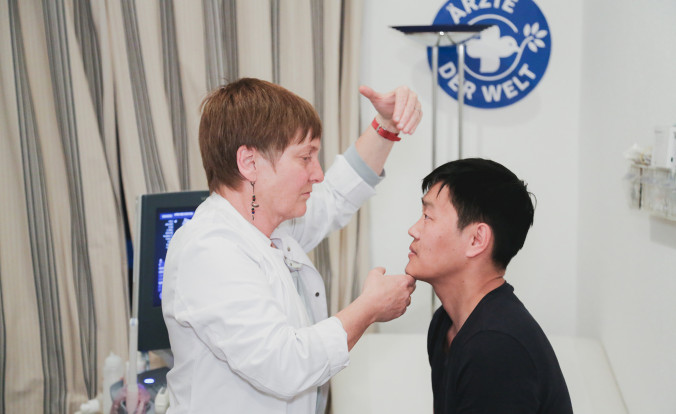
GKM und interActive Systems: Software für open.med
GKM und interActive Systems: Software für open.med Damit die medizinische Behandlung und die soziale Beratung der open.med-Patient(inn)en besser dokumentiert werden können, haben die GKM Gesellschaft für Therapieforschung mbH und der Berliner EDC Software Provider interActive Systems für Ärzte der Welt eine eigene Software entwickelt.
Vom Aussterben bedroht – gefährdet der Brexit klinische Prüfungen in UK?
Aktuell laufen ca. 1.500 klinische Studien in verschiedenen EU Mitgliedsstaaten, deren Sponsoren ihren Sitz in UK haben. Schätzungen zu Folge werden 50 % dieser Studien auch nach dem Austritt Großbritanniens aus der Europäischen Union (BREXIT) am 30. März 2019 weiterlaufen. In diesem Zusammenhang stellt sich unweigerlich die Frage: Wie geht es mit den klinischen Prüfungen und der Zusammenarbeit mit UK nach dem Brexit weiter?
The Art of Storytelling in Clinical Research, or: Adverse Event Narratives and their Pitfalls
In Clinical Study Reports (CSR), a short description (“narrative“) of all Serious Adverse Events (SAE) must be provided. In addition, all Adverse Events (AEs) leading to discontinuation, and AEs of special interest, must be included. Such narratives should provide a concise yet comprehensive overview of each case [...]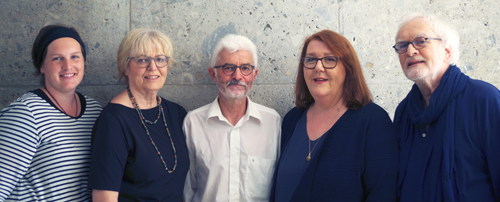
Mit Kontinuität in die Zukunft - Änderungen vor und hinter den Kulissen
Sehr geehrte Partner der GKM, die Grundbausteine für eine gute und langjährige Zusammenarbeit sind nach unserer Überzeugung Vertrauen und Kontinuität. Mit diesen Werten konnten wir, Siegfried K. Hippe und Renate E. Hippe, die GKM seit ihrer Gründung im Jahre 1981 zusammen mit einer wachsenden Zahl an motivierten Mitarbeitern zu einer international agierenden CRO entwickeln.
Die klinische Bewertung nach der neuen MDR – de facto Pflicht zur klinischen Prüfung
Die Neuregelungen der MDR zur klinischen Bewertung werden künftig dazu führen, dass deutlich mehr klinische Daten zu den eigenen Medizinprodukten des Herstellers vorliegen müssen als bisher, um im Rahmen der klinischen Bewertung klinische Evidenz mit den grundlegenden Sicherheits- und Leistungsanforderungen zeigen zu können [...]
Intention-To-Treat (ITT) vs. Per-Protocol (PP) analysis: what to choose?
Differences between and characteristics of the Intention-To-Treat (ITT) vs. Per Protocol (PP) principles: which is the method of choice for the primary analysis of your clinical trial?
Arzneimittelzulassung vs. frühe Nutzenbewertung – die Unterschiede
Häufig gibt es Diskrepanzen zwischen den Designanforderungen der Zulassungsbehörden und der Anforderungen an Studien für die Herleitung eines Zusatznutzens nach §35a SGB V. Die Eignung einer klinischen Studie als Basis für eine Arzneimittelzulassung bedeutet nicht zwangsläufig, dass diese Studie auch für die Bewertung eines Zusatznutzens geeignet ist [...]
A hitchhiker’s guide to data review in an ongoing (“live”) study – part 2: data review for interim analysis
If you are thinking of a clinical trial, you might ask yourself why and how data review for interim analysis can be a topic for a whole article. However, in a non-interventional study there are certain challenges [...]
The end of the eCRF in local language? Workflows for meeting local and global demands in your non-interventional study (NIS)
What aspects do you need to consider when planning a multi-lingual eCRF? Are regulatory requirements effective 22 November 2017 a cut-off date for the future of eCRFs in local language?
Why the value of on-site monitoring cannot be challenged by remote/ centralized monitoring
This is not to say we should do as we always did. This is also not to promote unnecessarily frequent monitoring visits or a 100% source data verification (SDV). However, in times were risk-based quality management including centralized monitoring are in the regulatory focus, I feel we forget to reflect the undeniable value that on-site monitoring can give to a clinical study [...]
A hitchhiker’s guide to data review in an ongoing (“live”) study – part 1: data review for pharmacovigilance purposes
In a way, data review for pharmacovigilance purposes is the simplest and yet most demanding kind of data review, as time is a pressing matter in this context. The data are reviewed in different time frames according to the potential risks that arise from them [...]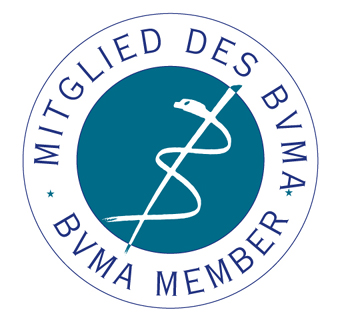
Wir haben es getan! Warum eine CRO ihrem Verband beitreten sollte.
BVMA oder nicht BVMA. Der Bundesverband Medizinischer Auftragsinstitute e.V. (BVMA) gilt als die Interessenvertretung der Auftragsforschungsinstitute (Contract Research Organisations, CRO) in Deutschland. Die Frage, ob GKM sich um eine Mitgliedschaft bemühen sollte [...]
Ärzte der Welt open.med goes online
Ärzte der Welt e.V. bietet in Deutschland seit über zehn Jahren Menschen, die keinen oder nur einen eingeschränkten Zugang zum Gesundheitssystem haben, kostenlose medizinische Versorgung und Beratung an. GKM Gesellschaft für Therapieforschung mbH unterstützt das Projekt open.med in der online Lösung der Patientenakte.
What to consider when planning the sample size for a non-interventional study
The determination of an "adequate" sample size is an essential part of the statistical planning process. Depending on your type of non-interventional study design and your specific study objectives, there are different approaches for the planning of your sample size [...]
Acting out? Points to consider when planning to involve actigraphy measurements into your study design
From a medical perspective, addressing concepts of physical activity and activity capacity, vital signs (like heart rate or blood pressure), and/or sleep quality in a real-time manner rather than a snap-shot at a visit, make perfect sense and could enrich the value story of novel therapies. However, when planning to involve actigraphy measurements into your study design, there are several points to be considered, including issues of validity, data transfer and data analysis [...]
Don't panic: It's only the Simpson's Paradox
Your results on the overall patient level contradict results on the subgroup level? There is no need to panic. With a deeper look into the data, one can get to the bottom of this observation. [...]
Das Bewertungsverfahren für Medizinprodukte: erste Erkenntnisse und Empfehlungen
Für welche Medizinprodukte ist die Bewertung relevant, wie läuft das Bewertungsverfahren ab und welche Lehren kann man aus den bisherigen Verfahren ziehen? [...]
Verpflichtung zur klinischen Nachbeobachtung (PMCF) von Medizinprodukten
Die klinische Bewertung ist fortan während des gesamten Lebenszyklus des Medizinprodukts anhand von klinischen Daten zu aktualisieren, die aus der klinischen Nachbeobachtung und der Überwachung nach dem Inverkehrbringen stammen.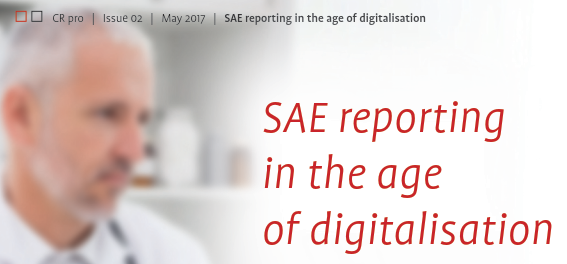
SAE reporting in the age of digitalisation (eSAE)
The use of electronic data capture (EDC) and electronic case report forms (eCRF) is becoming the gold standard in clinical research. Today, the dream of a paperless (or at least near-paperless) study seems within reach [...]
User-friendly eCRF-design: the key for successful data collection
To ensure a perfectly suited eCRF design many different aspects have to be taken into account also with regard to user-friendliness [...]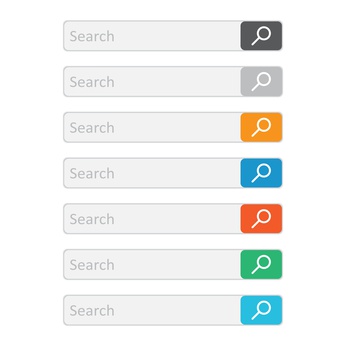
The “Do’s and Don’ts” when searching clinical trials registers
Searching clinical trial registers is a “must have” in clinical research and evidence based medicine. However, the different registers have their unique characteristics and there are several issues to be kept in mind when searching clinical trial registers, especially when the standards of evidence based medicine need to be fulfilled [...]
Stuck in the middle – mean vs. median
The mean value of numerical data is without a doubt the most commonly used statistical measure. Anyone who has a basic statistical background knows how to calculate the (arithmetic) mean. However, sometimes the median is used as an alternative to the mean. [...]
Precision medicine clinical trials - How far are we in personalized medicine?
Using precision medicine as an aid to plan clinical trials catches much attention in the present era of drug development. Several innovative precision medicine initiatives have launched clinical trials for complex diseases.
Inform to engage: 4 reasons why patient centricity is not just a buzz word
For successful patient engagement keep information high and live patient centricity throughout your study. How? Let’s explore some approaches by having a closer look at 4 reasons why patient centricity is not just a buzz word.
Databases for systematic literature searches
Systematic literature searches are an essential tool of evidence based medicine and as such unavoidable in almost every part of medical research. Their aim is to identify as much available evidence regarding a specific scientific question as possible, by use of a focused, pre-defined and unbiased search strategy.
How a Clinical Trial Management System (CTMS) can improve the quality of your study
As the coordinator or manager of a clinical trial, I have one simple goal: I want my clinical trial to be successful. However, to guarantee success, I need to be able to manage my project efficiently. But what system is suitable for this?
Warum Sie nicht auf die Verwendung eines Clinical Trial Management Systems (CTMS) verzichten sollten
Um eine klinische Prüfung effizient managen zu können, benötige ich ein System, das es mir zu jeder Projektphase ermöglicht, Aufgaben und Aktivitäten zu planen, zu erfassen, zu kontrollieren sowie studienrelevante Dokumente zu verwalten. Nur, welches System ist dafür geeignet?
Choosing the right safety reporting workflow for your study
Safety comes first. Always. When planning a clinical project, one of the most sensitive, and coincidentally most important issues, is the establishment of a secure, feasible, functional and effective safety reporting workflow.
Das neue Zauberwort: Risikobasiertes Qualitätsmanagement in der klinischen Forschung
Das voraussichtlich bis Mitte 2017 finalisierte Addendum der ICH-GCP Guideline hebt das Thema Risikomanagement in klinischen Prüfungen auf ein neues Niveau - die Umsetzung eines risikobasierten Qualitätsmanagements im Rahmen von klinischen Prüfungen bleibt nicht mehr lange der Entscheidung des Sponsors vorbehalten, sondern wird gesetzliche Pflicht
Risk-based quality management – the new magic phrase in clinical research
The for mid-2017 expected final version of the ICH-GCP guideline addendum takes the subject risk management to the next level: the extent and implementation of a risk-based quality management for a clinical trial no longer remains within the judgement of the sponsor but actually becomes a legal obligation.
35 Jahre GKM Gesellschaft für Therapieforschung mbH - im Spiegel der Kommunikations-Technologie
So begann im Jahre 1981 die GKM Gesellschaft für Therapieforschung mbH der Pharmaindustrie ihre Dienste anzubieten. Jubiläen bringen mit sich, dass es Lob und gute Wünsche von allen Seiten gibt, das freut uns natürlich sehr. Es gibt aber auch Anlass zum Nachdenken und Zurückschauen. [...]
Om – und alles wird gut?
Digitalisierung der Medizin in Bayern – Fokus klinische Patientendaten“ - Der Veranstaltungsort, wie auch die prominente politische und akademische Besetzung, unterstreichen die Wichtigkeit und Aktualität dieses Themas [...]
